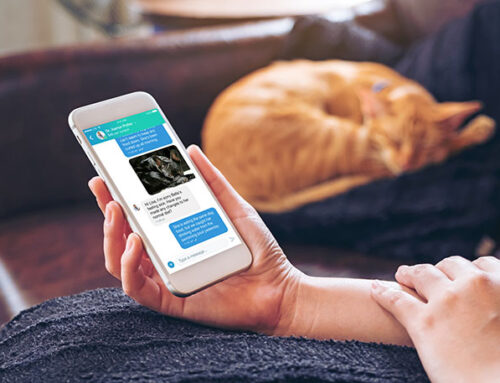Excellent news out of Washington, D.C., for providers on the frontlines of digital health adoption. CMS (Centers for Medicare & Medicaid Services) just announced expansion of reimbursement options.
Effective January 1, 2018, two new rules will allow providers to bill for remote patient monitoring and telemedicine.
The Rules
The new Rules focus on value-based care models. A majority of Medicare payments are still tied to fee-for-services, but HHS has set a goal to move the majority of Medicare payments to alternative models by the end of 2018. These rules will help speed that transition and even include new reimbursement for fee-for-service.
- Rule 1 QPP – Participation in Quality Payment Program (QPP), or Participation in an Advanced Alternative Payment Model (APM)
- Rule 2 Expanded 2018 Fee-For Service Rules
Both Rules contain important policy changes that impact health care providers and the health technology developers creating the digital innovations that are being incentivized in 2018.
Fee For Service Expansion
CMS has un-bundled CPT code 99091 in 2018, meaning that providers will soon be able to get reimbursed separately for time spent on collection and interpretation of health data that is generated by a patient remotely and shared digitally with the provider. This represents a first step toward recognizing remote patient monitoring services for separate payment.
Key guidelines on the use of this code include:
- Providers must obtain beneficiary consent for the service and document this consent in the patient’s medical record.
- Provider must initiate these services face-to-face with new patients or with patients they have not seen in over 12 months, before billing for remote monitoring.
- Providers can use 99091 no more than once in a 30-day period per patient.
- The code includes time spent accessing the data, reviewing or interpreting the data, and any necessary modifications to the care plan that result, include communication with the patient and/or her caregiver and any associated documentation.
- Most important – This code is not subject to any of the restrictions on originating sites or technology that telehealth services are subject to by statute, allowing users of this technology more flexibility.
Last year, CMS created a process for adding new telehealth services, based on proposals received by stakeholders. Under this new process, CMS has included several new services for 2018 that will be reimbursed when performed using telehealth technology. Unfortunately, these services remain limited by the “originating site” Medicare requirements which prevent billing when patients are at home. These new services are:
- Counseling visit for lung cancer screening (HCPCS code G0296)
- Psychotherapy for crisis (CPT codes 90839 and 90840)
- Interactive complexity (CPT code 90785)
- Patient-focused and caregiver-focused health risk assessment (CPT codes 96160 and 96161)
- Chronic care management services including assessment and care planning (HCPCS code G0506)
These policy updates signal that CMS is moving quickly to incentivize the integration of innovative technologies as it pushes for the transition to value-based care. Providers and health care organization should start adopting virtual care technology tools now to benefit from these regulatory incentives, which will continue to grow year after year.
Quality Improvement Program
CMS values “clinical endorsement” of patient generated health data (PGHD) technologies, including the feedback the software generates for patients. CMS is now incentivizing the use of more “active devices” that can inform the patient or their care team about critical changes to the patient’s health, such as their adherence to a medication or treatment, so that the care team can react and intervene in a timely way.
Key takeaways from CMS guidance on how to get credit for this activity includes:
- Providers should use digital tools in such a way that allows them to provide ongoing guidance and assessments for patients outside of the in-office visit. This includes the collection and use of patient generated health data.
- Providers must use health technology platforms and devices that collect patient data as part of an “active feedback loop” which CMS defines as “providing PGHD in real or near-real time to the care team, or generating clinically endorsed real or real-time automated feedback to the patient.”
- Platforms and devices used for this improvement activity must be, at a minimum, “endorsed and offered clinically by care teams to patients to automatically send ongoing guidance (one way).”
- CMS makes a distinction between technologies covered by this activity, versus “passive platforms or devices” that collect but do not transmit PGHD in real-time. The latter is not eligible technology under this activity.
Trickle Down Future Gains
CMS policy often closely dictates how state level policy, particularly Medicaid regulations, permit different reimbursement models. Many states have taken a more conservative approach to telemedicine and digital health reimbursement thanks in large part to Medicare’s conservative approach.
These rule changes represent a tipping point. Over the next several months we will see state regulators expand reimbursement in line with Medicare. Florida’s recent Expansion of Use and Accessibility of Telehealth is a shining example of the future for virtual care reimbursement.
Griffin Mulcahey, VP, Strategy & Legal for Direct Health. Disclaimer – Direct Health’s opinions on the use of its platform are not legal opinions. We recommend anyone seek local counsel for any specific questions regarding the health regulatory landscape of your home jurisdiction






Leave A Comment